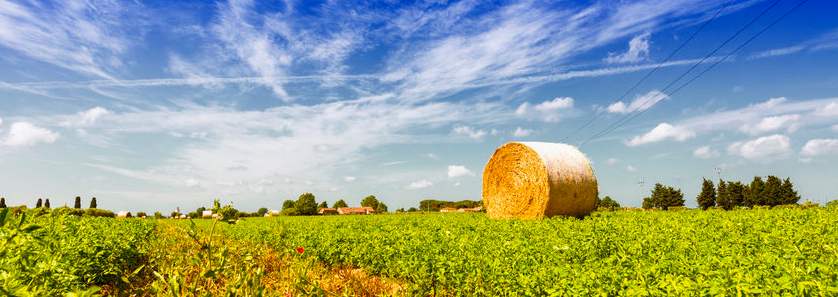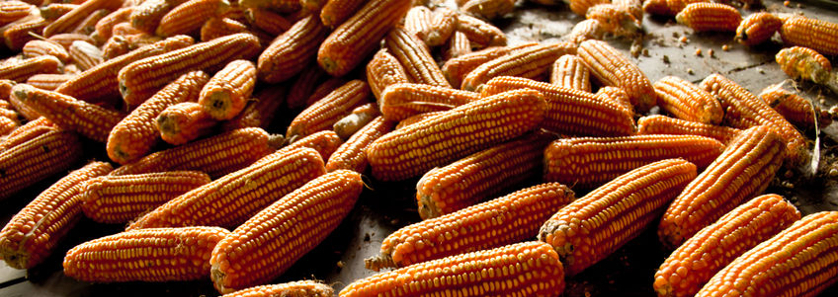There are a variety of industries that involve food like meat and poultry, produce, or seafood. No matter which of these food-related industries you work in, you need to think about how to keep the materials at the proper cold temperature to avoid food spoilage and the growth of bacteria. When food is your business and your income, it is paramount that you have the proper industrial cooler or freezer. Fortunately there are many quality option these days for how to keep food at the proper temperature. Regardless of what you need to refrigerate, what your budget is, and what your space limitations are, there is likely an industrial cooler or freezer that is right for you. When you are ready, we at SEMCO/SEMCOLD LLC can help provide you with the right cooling unit. Here are a few different options for you to consider.
Indoor vs. Outdoor Coolers and Freezers
Two basic options for cooling solutions are indoor and outdoor coolers and freezers. These two options each have their own advantages and disadvantages and one may suit your needs better than the other. At SEMCO/SEMCOLD LLC, we have knowledgeable professionals that can help you take stock of your situation.
Outdoor options can be a great choice if you already have a level area to position the unit and if you live in an area that is not excessively hot, which would require you to do more work to make sure that the unit was not overly exposed to the heat. If there are not area building codes in place that impede the installation of an outdoor unit, this choice can free up more space inside your facility, eliminate the extra indoor heat created by the unit and may be a lower price option if you do not choose a highly customized cooler or freezer.
Indoor units, on the contrary, may take up more space and result in a higher building temperature, when can drive up your energy costs. However, if theft is a concern to you or if you require very easy access to the items inside your cooler or freezer, indoor may be the way to go. Indoor options are also less susceptible to environmental concerns like excessive outdoor heat or other weather concerns. Remember that indoor options also cost less than outdoor units, on average. We at SEMCO/SEMCOLD LLC recommend talking to one of our professionals to assess whether an indoor or outdoor option is better for you.
Different Sizes for Industrial Freezers and Coolers
When you decide whether you need an indoor cooling unit or an outdoor cooling unit, you will then need to figure out what size unit you require. If you have an indoor unit, much of this decision may be made for you based on available space. Outdoor units often offer more flexibility in this area. Generally, the smallest walk-ins are about 15 cubic feet, while larger ones can be up to 400,000 square feet. A good rule of thumb to keep in mind when determining your space requirements is that 1 cubic foot of space can hold roughly 28 pounds of food. However, naturally this varies widely depending on the type of product you are refrigerating and your overall setup.
New Technologies in Industrial Cooling
With modern technological advancements in coolers and freezers, there are many available options that allow for a better performing unit that lasts longer and is more energy efficient. Consider which of these options will benefit your business and result in less maintenance and fewer unneeded costs. Some of these high-tech upgrades include:
- Advanced door technology to avoid hinge problems
- Alarms that monitor temperature and produce alerts when there are problems
- LED lighting
- Motion sensor lighting technology
- Bluetooth connectivity
Contact us at SEMCO/SEMCOLD LLC to find out more details about available cooling units and various options.
Food preservation technology has come a long, long way from the days when people used salt to keep food from spoiling. These days it is possible to find a top-of-the-line walk-in refrigeration unit at the right size and the right price. With all the different options, it may be difficult to choose the right one for your application. Review the information above and consider what features are most important to you, then call SEMCO/SEMCOLD LLC and let us help you make this important decision. Remember also that all of our systems are fully customizable and can be designed to perfectly fit your needs.




